Refreshed X7 en route
/BMW’s largest model updates look, engines and interior.
Read MoreBMW’s largest model updates look, engines and interior.
Read More
TWO bigfoot BMW M models whose hugely potent engine is already defying the downsizing trend are strong enough to beat off Covid-19.
That sentiment about the X5 M and X6 M is aired by BMW Group New Zealand as it opens the order book for the updated editions of the juggernaut sports activity vehicles, which share the same mighty twin-turbo V8 engine.
BMW Group New Zealand has stuck to tradition by deciding only the best will do for its customers.
Thus it is only bringing in the Competition, which in return for being the most expensive of the two specifications is also – with 460kW and 750Nm - the most powerful and best-kitted.
With the country gripped by a national shutdown of undetermined duration and also bracing for a severe economic impact, will the buyer base still have the discretionary spend to afford models that respectively price at $219,900 and $225,600?
BMW Group New Zealand managing director Karol Abrasowicz-Madej says it’s a fair question, but he’s optimistic the big stompers don’t become showroom queens.
In part, it’s because the M brand following is incredibly strong here. “We have a lot of loyal customers and we have a lot of interest coming from them.”

Also, there’s clear recognition that the models are pretty much without rival in their category. “They are very extrovert in their character.” So, even in this time of national inaction, there’s been plenty of “good inquiry” coming from owners of competitor cars.
So while it’s all a matter of wait and see until the lockdown lifts and business can resume, “we think they will find a place in Kiwis’ hearts.”
“I’m hopeful of a good take-up though, at the same time, any prediction at the moment about volume is going to be really hard.”
So they’ll survive, and so will the engine that also slots into the also NZ-available M5 sedan and M8 coupe and, in the sport activity vehicle application, lends ability to hit 100kmh in a claimed 3.8 seconds, 0.4 sec quicker than their forebears, aided by an extra 37kW of thrust.
Is this the final swansong for the V8? As much as BMW recognises that it’s becoming every challenging to maintain this kind of engine in the face of ever-tightening environmental regulations, in Europe especially, it says there’s still a good case for having it.
While acknowledging that various emissions rules are making his life more difficult, the head of powertrain project management for the X5M and X6M, Axel Theiling, reminds his team’s opus is far from being an old-school donk.
Built around a 90-degree vee angle and a sleeveless closed-deck crankcase, the 4.4-litre motor is a very sophisticated motor, with Valvetronic variable valve lift and direct fuel injection, as well as a pair of high-flow twin-scroll turbochargers.
Those ingredients allow for some reasonable emissions and economy. For a V8.
Still, make no bones: It is an engine designed foremost for performance rather than eco purity. Hence the forged crankshaft and a lubrication system built to cope with the rigours of track use. Also why the eight-speed automatic has manual modes and the M sport exhaust features four outlets so you can hear what the V8 has to say.
Other highlights include Adaptive M Suspension Professional with various modes, M Servotronic steering with Comfort and Sport settings, a rear-biased 4wd system, Active locking M differential and M Sport brakes with six-piston calipers acting on 395mm drilled and vented discs up front. A 100-0kmh emergency stop of 32 metres is claimed.
The M-spec X models stand out from the mainstream editions through adopting extrovert design features such as enlarged air intakes and an oversized wheel and tyre package (295/35R21s up front and 315/30R22s rear). They also have laser lights.
The cabin includes M multifunction powered and heated sport seats finished in full leather ‘Merino’ and Alcantara headlining, along with four-zone air con and head-up display. A panoramic sunroof, wireless charging and Apple CarPlay are included.
Safety and convenience items include BMW Driving Assistant Professional, Parking Assistant Plus and BMW Live Cockpit Professional with a pair of 12.3-inch LCD colour displays.
Deliveries are set to begin next month.
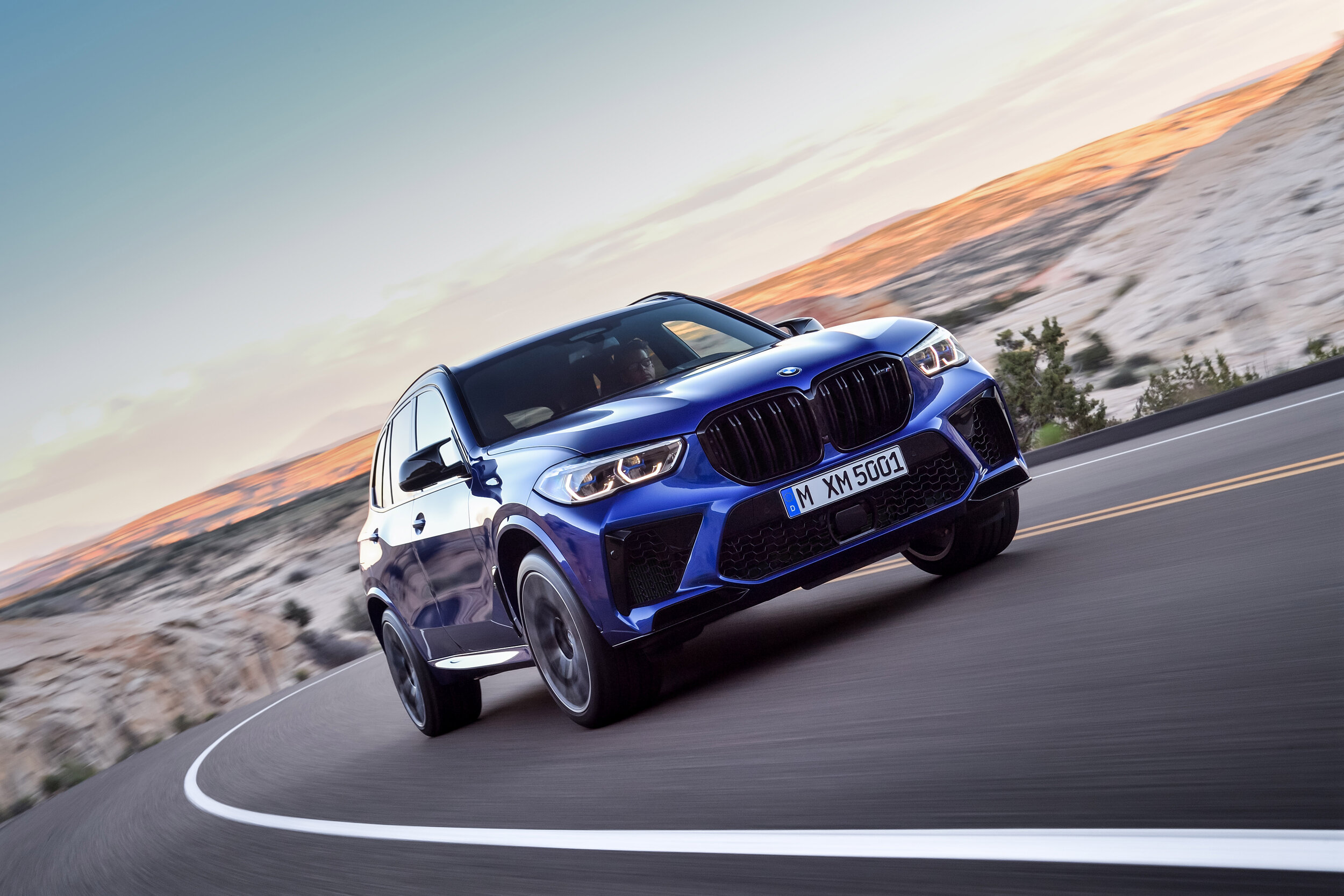
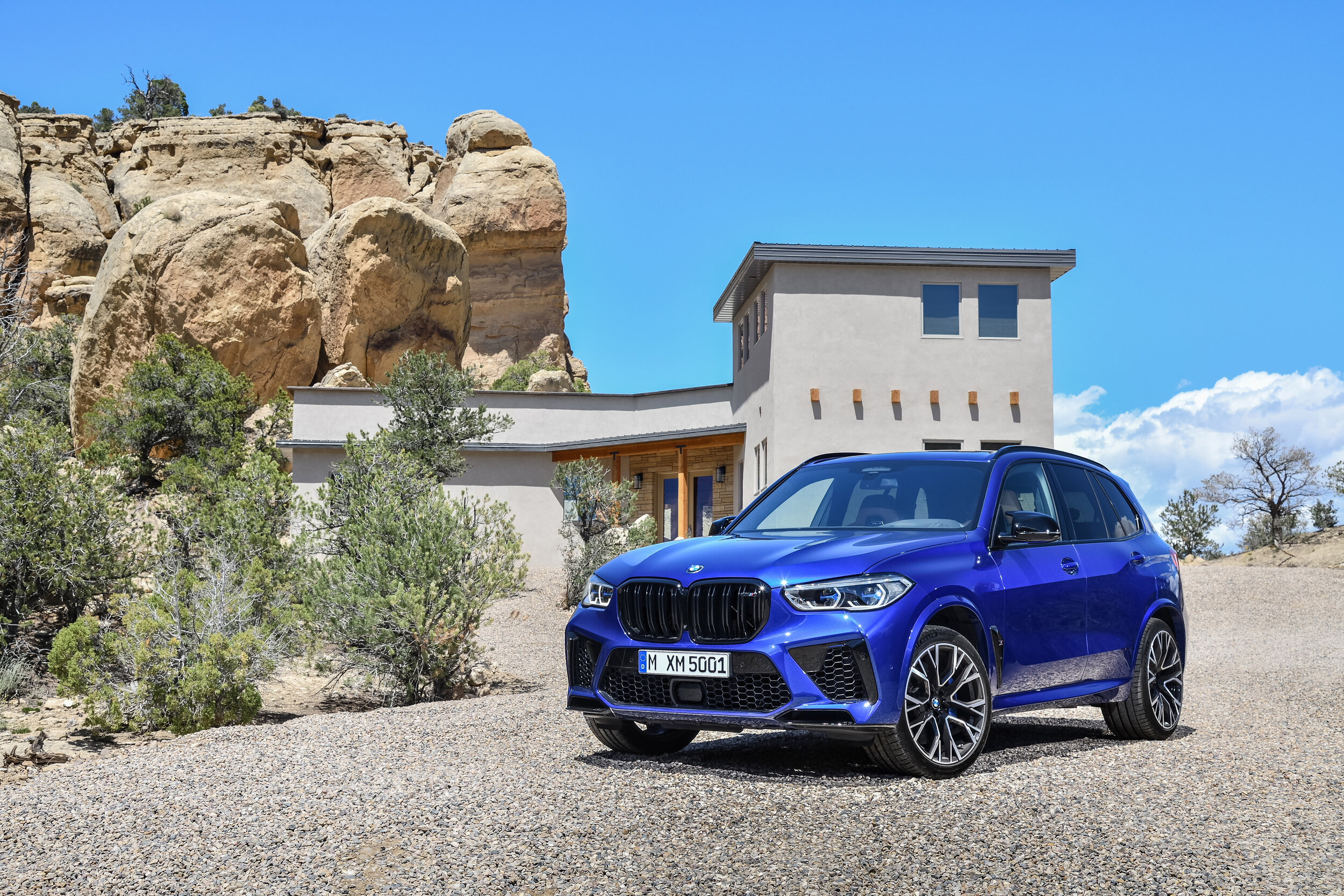
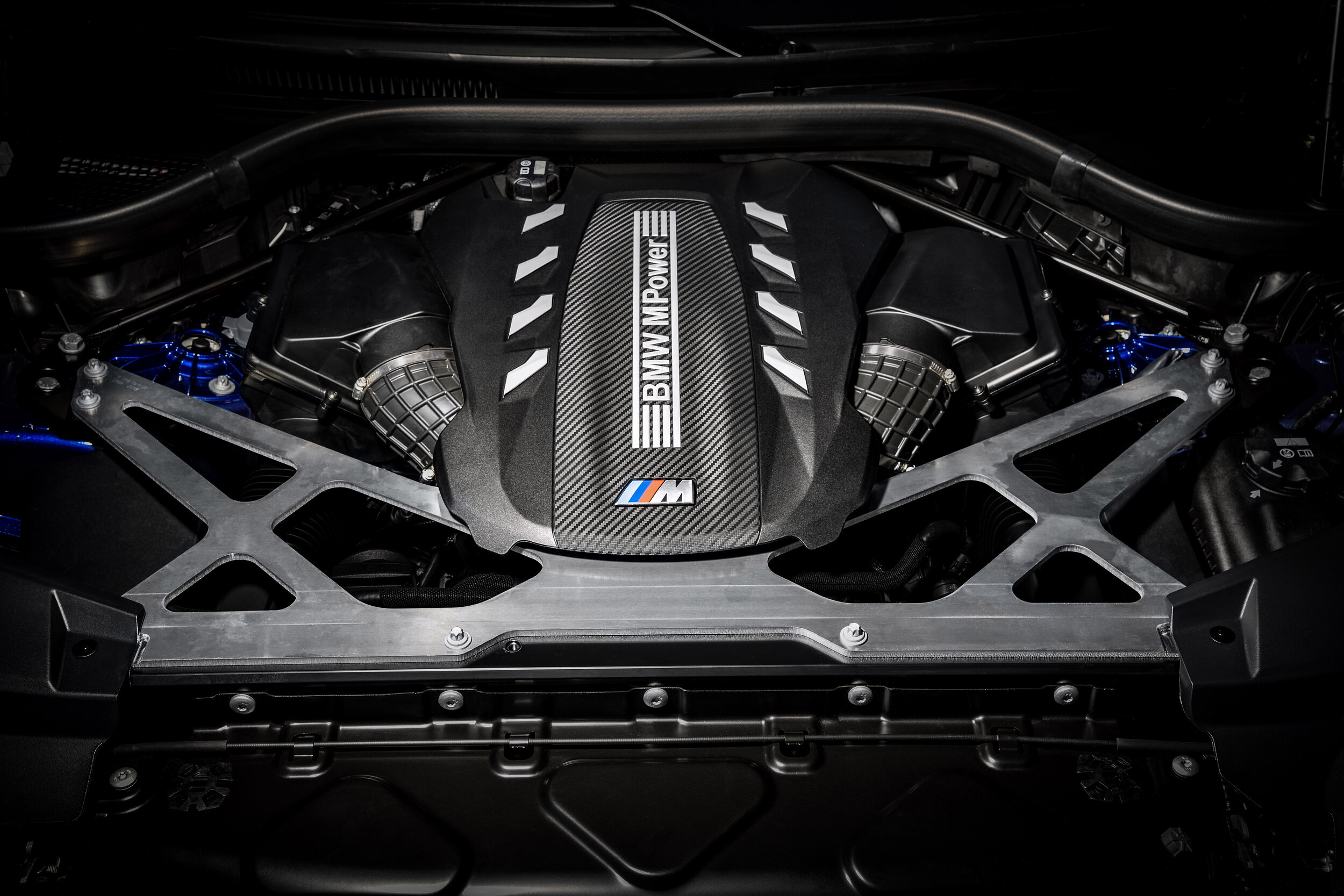
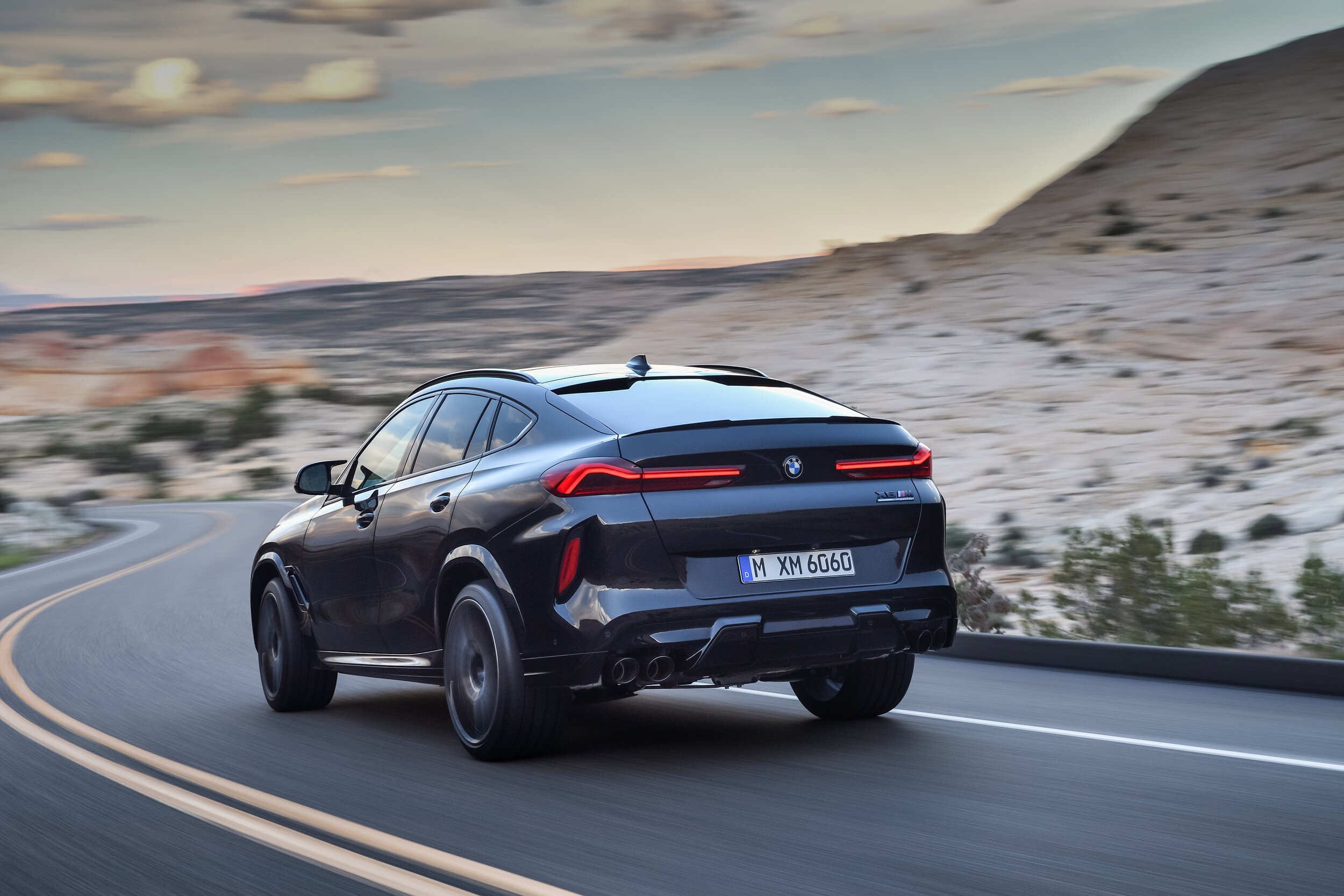
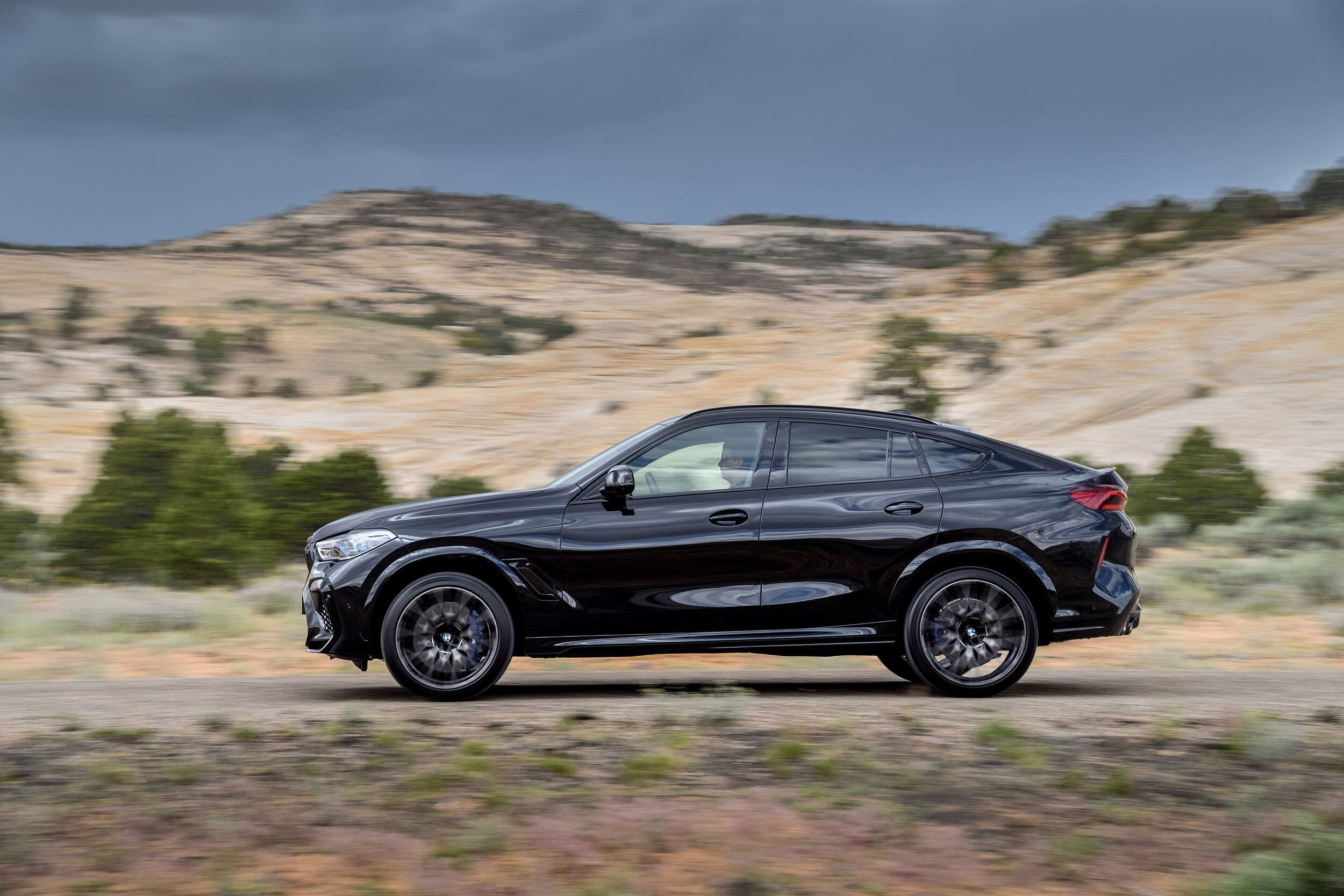

PLUG-IN electric fare will continue to present in strength for BMW locally even after the next round of fully electric product starts rolling in, with a fuel cell alternate also theoretically possible.
This is impressed by BMW Group New Zealand as it prepares to release another new electric pathway model - a battery-assisted edition of the X3.
Brisk business is forecast for the X3 xDrive30e, a $107,700 offer that becomes the seventh PHEV model in the local lineup.
In this car a 2.0-litre 135kW four-cylinder petrol marries to an electric motor to allow electric-only range of 55km, fuel consumption as low as 2.1 litres per 100km, a 215kW/420Nm output and 0-100kmh in just 6.1 seconds.
It’s an especially good fit as soft-roaders – or sports activity vehicles in BMW-speak - are achieving more consumer consideration than any other car type and mains-replenished drivetrains are also resonating with Kiwis, the brand’s managing director for New Zealand says
The present impact - and potential long-term implication - of the coronavirus emergency makes it challenging to give indication on supply strength or how well it will sell.
Yet Karol Abrasowicz-Madej has every confidence in PHEV and EV cars continuing to gain traction here, with an 88 percent lift between 2018 and 2019.

For sure, we’re still talking modest volume. “The total new car market was around 100,000 passenger registrations in 2019 – of those 2809 were electric, around 2.7 percent.”
However, BMW NZ is happy to hold dominance in that sliver and its PHEV lineup – which despite the combustion component meet the accepted definition of being electric cars – allows it to provision more EV choices any other make and especially good grip within the premium segment.
And this will only increase as it is looking at “any opportunity” with that product.
“There is a market, the buyers are out there and we are looking for an opportunity to capitalise.
“Our strategy is to unfold and unroll all available product to New Zealand. We know it will be good for us and customers. In our opinion plug-in hybrids are perfect for this market.
Overseas’ reports suggest PHEV is also coming to the 3-series Touring wagon in both two-wheel-drive and all-wheel drive guises, and the X1 and X2 compact crossovers. In all, BMW has promised to have 25 kinds of electric vehicles in circulation by 2023.
With so many models going battery assist, does it stand to reason that the tech will inevitably become core to the majority of BMWs sold here?
Abrasowicz-Madej doesn’t deny the possibility, but prefers not to give an estimate of how great that penetration might be in one or two years from now. It all depends on the market on how the market will develop. It’s pretty clear 2020 won’t be a brilliant year for anyone. So much depends on, for instance, how quickly business confidence is restored.

One prompt might lay with our leaders. Belief that the sector also greater Government-led stimulation to really get going also remains a passion project for Abrasowicz-Madej. Regardless that it appears to have derailed, the Clean Car proposal that would have effectively subsidised models that achieve low emissions and economy and penalise those that do not remains important, he says.
He conceivably has a good inroad to push his thoughts that with those walking the corridors of power. The Seven Series is, of course, on the Crown VIP roster and conceivably the next generation might keep that job, with Munich confirming it’ll outlay in fully-electric format – exactly the configuration the Government wants. So will BMW pitch?
Abrasowicz-Madej is diplomatic. “The Government is one of our customers. It would be a pleasure to take part on any bidding process.”
As much as the PHEV push is now firmly cemented, that’s not to say that traditional combustion engine models will be ignored: Hence why the brand is just as keen to deliver to an even more exclusive audience with the X5 M and X6 M.
“We have buyers who have preference for electro-mobility and others who prefer combustion engines. We say we can attend to both; our belief is in the power of choice.
“We are leading in the market for electrified powertrains and have the widest range and there is good demand for that. We are a brand that is intent to stay on top of technology. We know that what we are doing is right.”
X3 fans will be further drawn into a battery-compelled future when the iX3 comes here, in 2021 all going to plan. The latter and the xDrive30e will be sold side-by-side so as to enable buyers to have a full span of choice, he says.
In Europe the PHEVs have been at the forefront of BMW’s successful achievement of a range-wide reduced 95 grams per kilometre CO2 emission target set by the European Union.
Overall, BMW’s fleet fuel consumption and CO2 emissions have been cut by more than 40 percent over the past 13 years. And with the ongoing electrification process, the company claims CO2 emissions this year will be 20 percent lower than last year’s count.
The focus on this product might raise questions about where BMW stands on full electric and hydrogen, but shouldn’t.
As much as the PHEVS are setting the pace now, the long-term and priority thrust of the parent brand’s electrification plan still involves going to fully electric cars.
The MINI Cooper SE is still on track to land mid-July and NZ orders are included in a list of 7000 confirmed international reservations
It would seem a safe bet to think the new i4 sedan, though still officially a concept, is perhaps just two years away and, of course, the battery-compelled Seven-Series limo has been signed off, alongside full petrol, PHEV and another diesel (the engine currently favoured for VIP use).
All are understandably quite different propositions to the only electric BMW in circulation at the moment. Ironically, given how much of a pathfinder it has been, the now aged city-centric i3 is unlikely to enter a second generation.
In addition to those models, BMW has also reiterated seriousness about also developing a production fuel cell car.
Klaus Fröhlich, member of the board of management for Research and Development, BMW AG, has indicated the fuel-type could become a 'fourth pillar' of BMW’s future mobility stable of propulsion systems.
The intent is demonstrated by a model first revealed at last September’s Frankfurt motor show. The I Hydrogen NEXT (see video below) wouldn’t seem out of place if it hit the street tomorrow, as it is effectively a re-engineered X5, albeit with a handful of cosmetic alterations to mark it as one of the company’s eco models.
The car’s pair of eDrive electric motors, (one for each axle), with a combined output of 274kW, were developed the iX3.

The fuel cell tech might also seem familiar, too. It has been co-developed with Toyota, whose expertise in this field is demonstrated by its hydrogen-fed Mirai car, which is about to enter its second generation.
As much as BMW insists I Hydrogen NEXT requires something out of its hands - a refuelling infrastructure - it has nonetheless determined to begin a pilot production phase in 2022 and could have it in full production by 2025.
Instead of pulling stored electrical energy from a battery pack, as mains-fed electric cars do, the i Hydrogen NEXT generates its own electricity through a chemical reaction between stored hydrogen and oxygen from the air, using a hydrogen fuel cell. As such, the only emissions generated by the vehicle are water vapour.
The fuel cell is supplied by two 700 bar storage tanks, which occupy the same space as the gearbox and driveshaft in the combustion-engined X5. Together, the tanks can hold six kilogrammes of hydrogen. Refuelling also only takes around four minutes, which is a huge saving over the hour-and-a-half average charge-times of current conventional electric vehicles.
Other claimed advantages a hydrogen-electric vehicle has over a traditional EV include suitability for towing and no compromises on passenger comfort, due to the lack of a heavy lithium-ion battery pack and the stiffer suspension required to support it.
Interest in establishing a hydrogen network is taking root, and while the initial consideration is to first focus on heavy transport needs there has been talk of a refuelling network. But if it all comes into play?
“Hydrogen has challenges … there are still bottlenecks when it comes to a supply network and establishing hydrogen stations. But if the technology keeps developing on that side … well, maybe it is also an option for the future.”
MotoringNZ reviews new cars and keeps readers up-to-date with the latest developments on the auto industry. All the major brands are represented. The site is owned and edited by New Zealand motoring journalist Richard Bosselman.